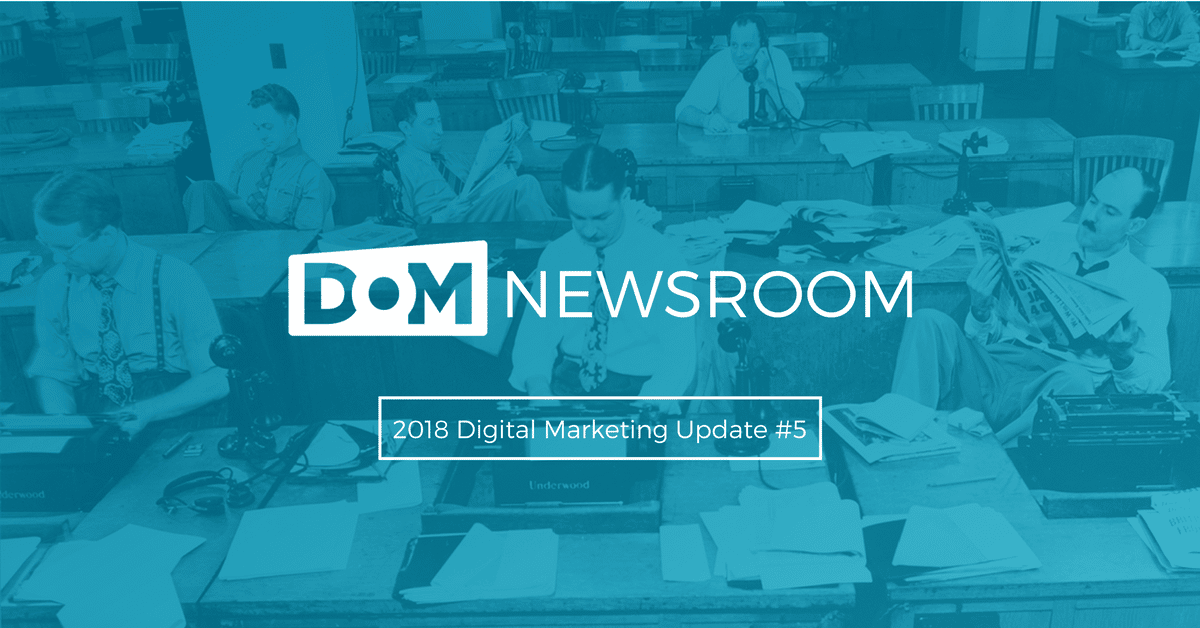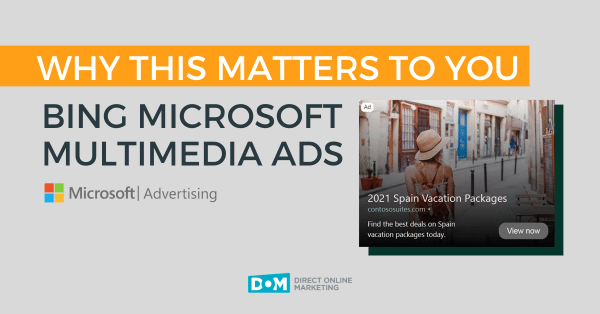
There’s no denying the simple truth that Bing Ads hasn’t always been quite as robust as Google AdWords, but Bing has been in a constant race to catch up with Google since the search engine launched. Bing is continuously behind when it comes to announcing “new” features when similar tools or functionalities have been available to AdWords users for months — or in the case of labels, years.
Even with Bing lagging behind regarding features, every now and then the company releases new updates to their ad platform that gives advertisers a reason to get excited. Here’s a look at a few of the new features coming to Bing Ads and how they can be leveraged to improve campaign performance on the platform.
In-Market Audiences for Search
Of all of the new features, in-market audience targeting could be the most impactful for advertisers. Like Google, these audiences give advertisers access to a group of potential customers who are likely to be in the purchasing stage, thus more likely to convert. These audiences work the same as other audiences, with the ability to be layered onto a campaign, with the caveat that they can be used without needing 1,000 cookies as you would need for a normal retargeting audience.
In-market audiences have been one of the most powerful tools Google has introduced over the past few years. By adding these audiences, Bing is giving advertisers another layer of depth to their targeting, which should cause conversion rates to rise.
As of now, Bing has a list of 120+ verticals available to use as audiences with more expected in 2018.
Maximize Conversions and Target CPA
Bing recently added enhanced CPC bidding, but has expanded their automated bidding even more by adding two new bidding strategies:
- Target CPA – Bing now gives advertisers the option to set a target CPA for their campaigns and then let Bing’s machine learning, and AI set bids to achieve the CPA goals.
- Maximize Conversions – Bids are automatically set to get advertisers the most conversions for their set budget.
It is highly recommended that advertisers test these bidding strategies on campaigns with historical data and not new campaigns. If Bing’s strategies are anything like they are with Google, the historical data can have a great impact on whether the automated strategies work or not.
Google Merchant Center Import
For advertisers using both Google Shopping Campaigns and Bing Shopping ads, life just got a lot easier. Instead of having to maintain two separate feeds for Google and Bing, it is now possible to import feeds from Google Merchant Center into Bing Merchant Center.
This may not seem like a big change, but for advertisers maintaining a massive product feed, this makes managing the feed much easier, because there is one less step added to getting Shopping ads running in Bing.
Multi-Image Extensions
Bing introduced image extensions in late 2015, as a way to make text ads more attention-grabbing. Before the introduction of multi-image extensions, only one image would show up with an ad:
Now, image extensions can be thought of as more visual sitelinks, with opportunities to use eye-catching images to direct users to specific areas of a site.
There are some guidelines to the new extension:
- These will appear on ads in the #1 position only.
- The extensions can appear with other ad extensions except for sitelinks.
- Multi-image extensions are created with the same tool as image extensions.
- The extensions will only show on US and UK English searches, on Bing owned and operated sites, and only on PC.
Custom Audiences
This new feature had the potential to have the most impact for advertisers, but it has been hamstrung in some ways by only being available to certain advertisers based on the CRM they are using. By leveraging CRM data, advertisers can build custom audiences based on attributes that are the most important to their product or service.
These audiences would function the same as retargeting audiences, meaning they would need 1,000 users on the list before they would be able to be used.
The major downside to this new feature is that only certain CRMs are able to be used. If you’re using a popular CRM such as Adobe Audience Manager or Bluekai, you’re in luck! If you’re not using one of the more popular CRMs, you’re stuck waiting until Bing opens the feature to more platforms.
Nothing New, But Good Improvements to Bing Ads
While these features aren’t exactly groundbreaking since they’ve mostly been available in AdWords campaigns, this is a step in the right direction for Bing. Bing Ads will likely always be second fiddle to Google, but it’s good to see the platform is still making improvements. These five new features have the opportunity to make a huge impact on advertisers’ Bing accounts. Will you be adopting any of these new features?
To get more information on this topic, contact us today for a free consultation or learn more about our status as a Google Partner Agency before you reach out.



